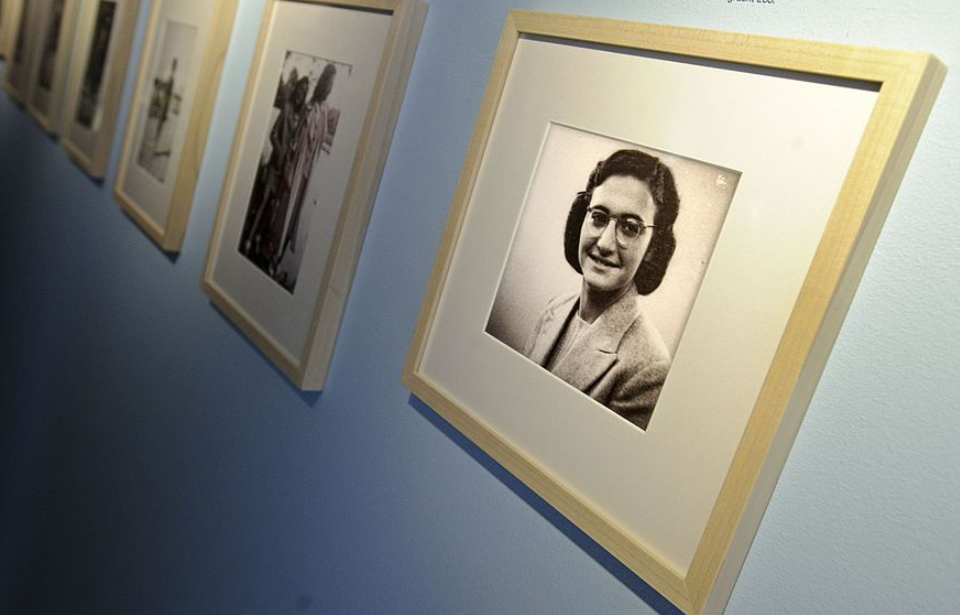There is no doubt that one of the most famous literary works to come out of the Second World War was Anne Frank: The Diary of a Young Girl. Anne’s story is well known, as is what she wrote while in hiding in the Netherlands during the war. A story that’s less known is that of her sister, Margot Frank, who also kept a diary of the war and her experience while the family was in hiding.
The difference is that Margot’s diary was lost while Anne’s was kept safe by Miep Gies and Bep Voskuijl, two of the women who helped hide the family, until after the war. Discover the lesser-known history of Margot Frank, as told through the eyes of her sister, friends, and family, before her life was taken too soon.
Life before the war
Margot Betti Frank was born in Frankfurt, Germany on February 16, 1926 to her parents Edith Frank-Holländer and Otto Frank. She became an older sister when Anne was born three years later on June 12, 1929. Education was heavily emphasized in the family, and the girls were encouraged to read from the extensive library they had in their home. The Franks had a good life in an area where religions of all kinds were accepted, and their practice of Judaism wasn’t out of the ordinary.
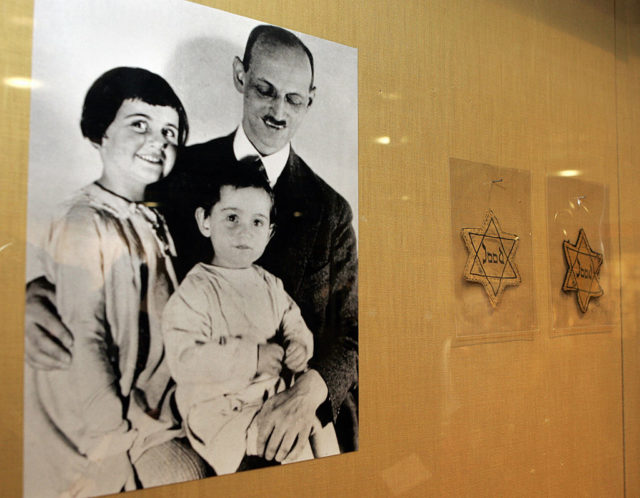
This all changed, however, in the summer of 1932 when a new German paramilitary force – the Brownshirts – marched through the city loudly singing about the erasure of Jews as the solution to the country’s problems. It was then that Edith and Otto knew they would have to make plans to leave Germany. In the meantime, Margot continued to attend the Ludwig-Richter School in Frankfurt until early 1933, when the new chancellor decreed that Jewish children were no longer allowed to attend such schools.
Move to Amsterdam
Antisemitism began to rise in Germany and the Franks made the decision to move to the Netherlands in the summer of 1933, along with thousands of other Jews. Margot, her mother, and her sister moved in with their grandmother in Aachen while Otto worked to get a new business up and running in Amsterdam. In December 1933 Margot moved to Amsterdam full-time, enrolling in a school near their new house where she quickly became a stand-out student.
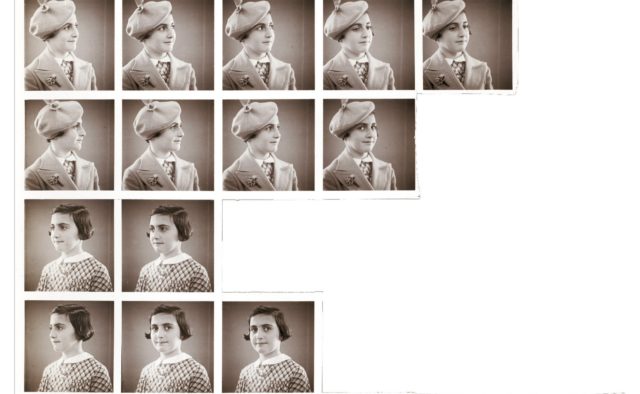
Things continued going relatively well for the Franks, despite the war, until 1940 when the Germans invaded the Netherlands. Gradually, more and more anti-Jewish laws were put into place which reduced what they were allowed to do in the city. This included going to the movie theater, joining sports clubs, and attending non-Jewish schools. Beginning in September 1941, Margot and Anne were forced to attend the Jewish Lyceum.
Margot Frank as a young woman
Details of Margot’s life before she went into hiding have come from those who knew her, including accounts from her sister’s diary. Jetteke Frijda, a friend from school, said she was “the best at everything, but she remained modest. You could trust her, you could lean on her. Margot talked little about herself, she kept rather quiet.” Anne wrote of her sister’s first report card after moving to their new school in 1942, “Brilliant as usual…. she is so brainy!”
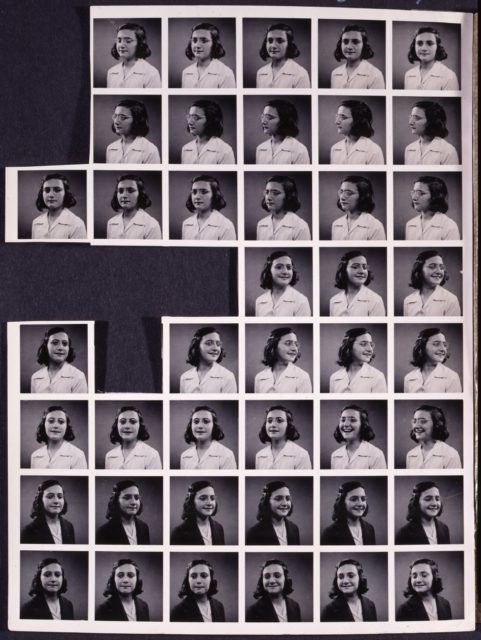
Anne also wrote, “Margot doesn’t need any upbringing, since she’s naturally good, kind and clever, perfection itself.” Some said that she seemed the opposite of the outgoing and gregarious Anne. Margot was also more interested in her religion than Anne, taking Hebrew classes, and attending synagogue.
Margot Frank was also known to be quite sporty, until Jewish individuals were no longer allowed to be on mixed teams. She skied, skated, played tennis, and was part of a rowing club, one activity that there are many photos of. Anne also detailed Margot’s desire to emigrate to Palestine to work as a midwife.
Life in hiding
This dream was cut short when, on July 5, 1942, Margot Frank received a call-up letter telling her to report to a labor camp in Germany. This was what prompted the Frank family to go into hiding alongside four other Jewish refugees. They stayed for two years. The hiding spot was located in a secret annex of Otto’s company building in Amsterdam. Miep Gies, Bep Voskuijl, Johannes Kleiman, and Victor Kugler delivered food and other goods to allow the family to stay unseen.
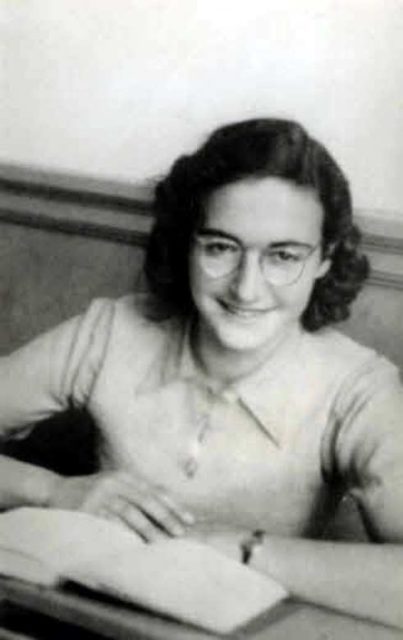
Life in hiding was extremely hard, with many strict rules. Due to the close proximity to workers in the factory, Margot and the others had to be completely silent during the day in the 450-square-foot space. This was the perfect time for Margot to work on her studies, something that she continued throughout her entire time in the annex. She even took a Latin correspondence course under Voskuijl’s name.
Anne listed everything that her sister studied in her diary: “English, French, Latin by correspondence, English shorthand, German shorthand, Dutch shorthand, Mechanics, Trigonometry, Soild [sic] Geometry, Physics, Chemicstry [sic], Algebra, Geometry, English literature, French literature, German literature, Dutch literature, Bookkeeping, Geography, Modern History, Biology, Economics, reads… preferably on religion and medicine.”
A family betrayed
While life in the secret annex was difficult, the Franks were safe and together which was more than could be said for so many Jewish families at that time. On August 4, 1944 the unthinkable happened, and the hiding place was betrayed by a person still unknown. Police breached the annex and took everyone to their headquarters, and then to a local prison where they spent three days.
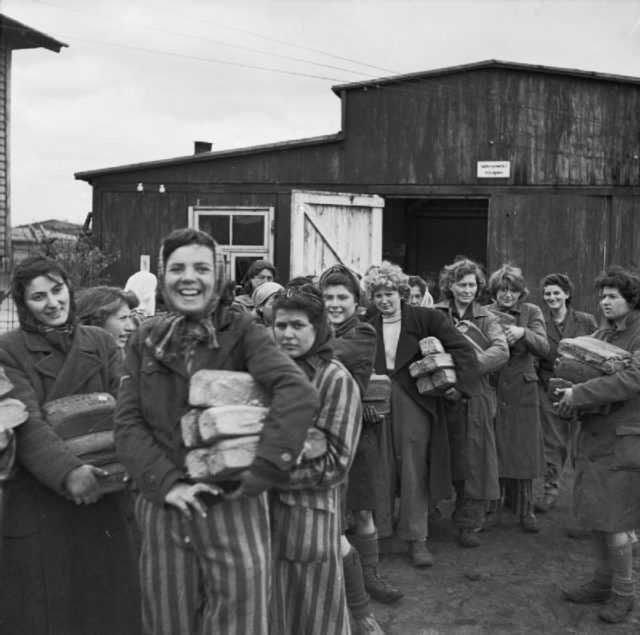
On August 8, they were all moved to the Westerbork Transit Camp. While the decision to ignore Margot’s call-up years earlier meant that the family had been safe for a little longer, it also meant that once they were captured they were declared criminals and sentenced to hard labor. From Westerbork, the annex eight were placed on the last transport train to Auschwitz-Birkenau. They were separated for the first time since the start of the war.
Margot Frank’s legacy
Margot, Anne, and their mother Edith were forced into heavy labor cutting sod and carrying heavy stones. On October 31 into November 1, the two sisters were moved to Bergen-Belsen Concentration Camp, leaving their mother behind. They arrived to conditions much worse than what they just left. The camp was overcrowded, had little food, and disease ran rampant. Not long after arriving, Margot and Anne both contracted spotted typhus.
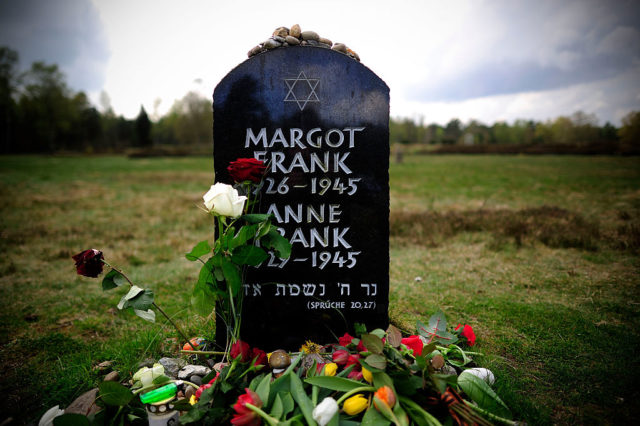
In February 1945 Margot Frank died, followed by her sister a few days later. They were buried together in one of the mass graves at the camp only a few months before Bergen-Belsen was liberated by British troops.
More from us: The Dark Truth About Native American Boarding Schools
The remainder of the story is well known: Otto was the only one of the annex eight to survive. He decided to publish Anne’s diary in the years that followed. There are some people who feel that in his desire to remember Anne, Margot Frank was forgotten. Otto was told at the time by Jetteke Frijda, the school friend, “I think it’s a pity that nothing is mentioned anymore about Margot. She is also worthy of being mentioned.”
